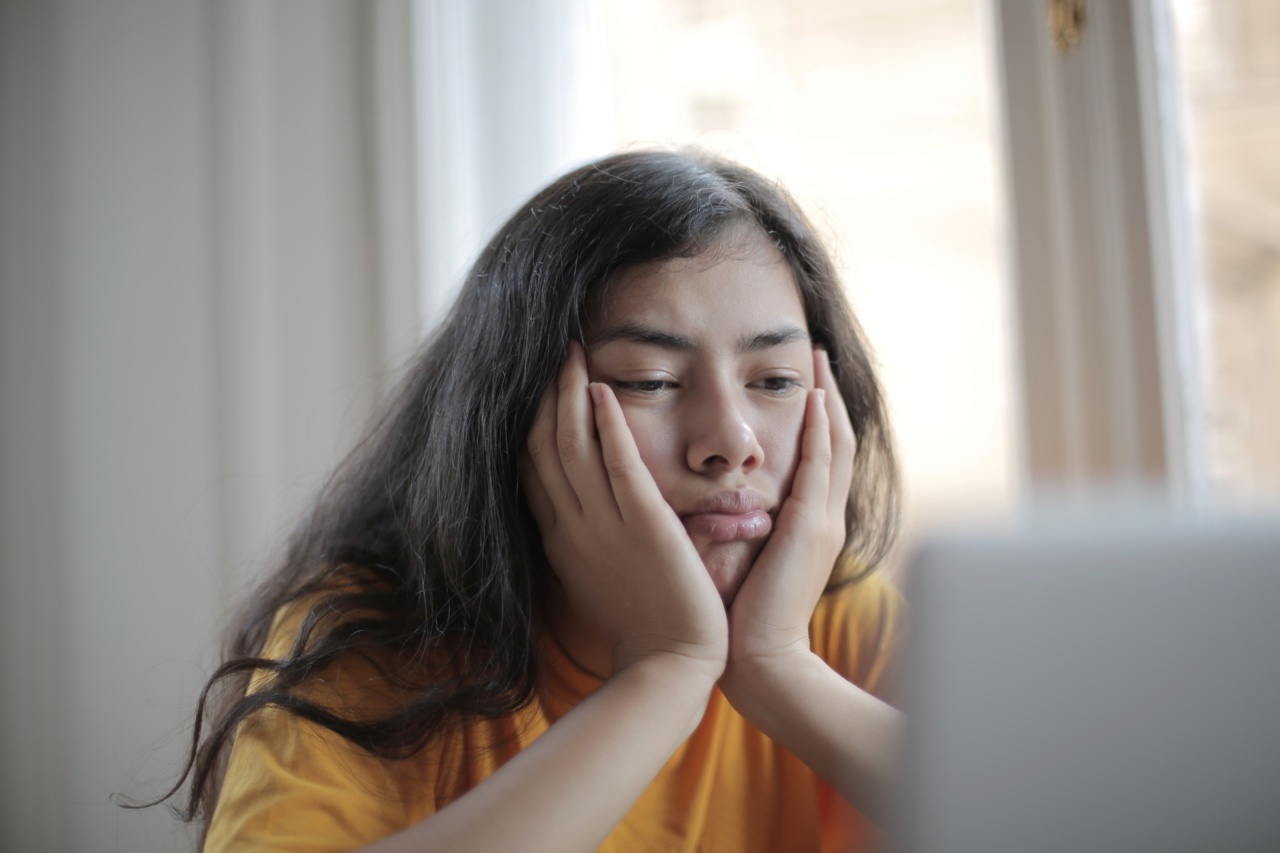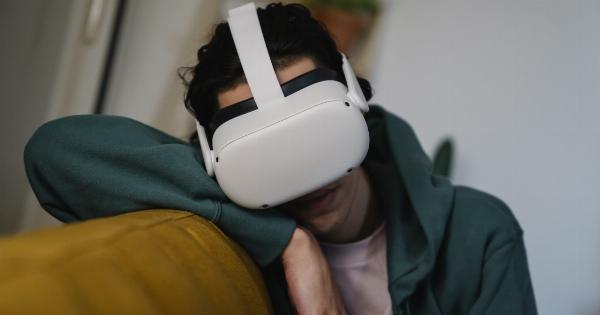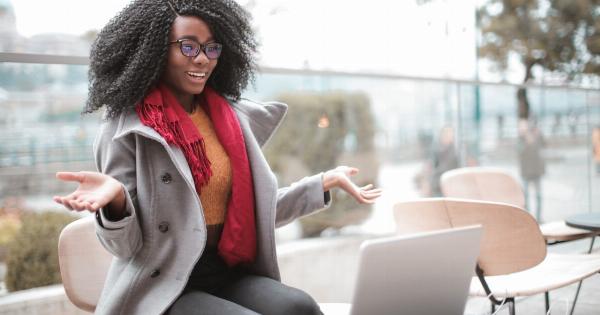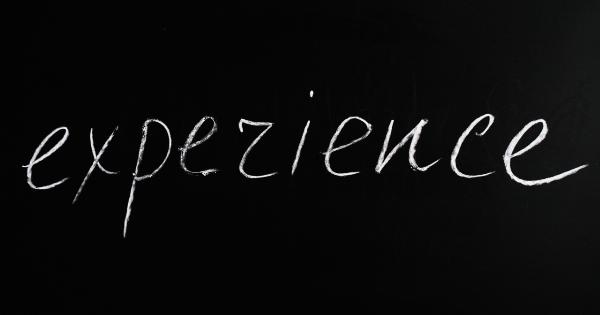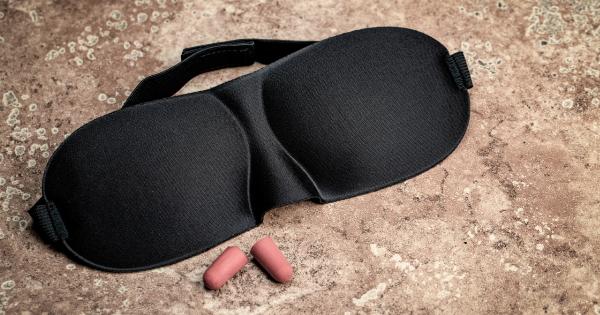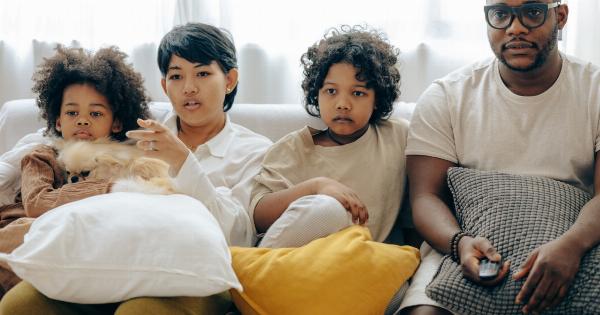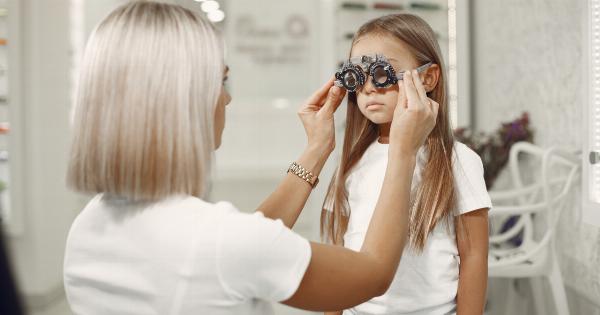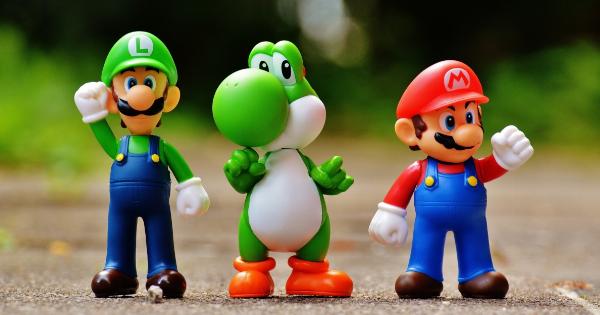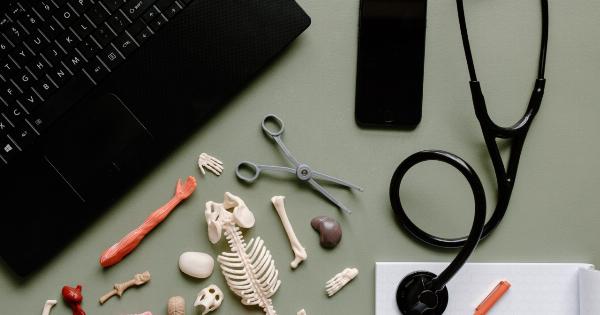Lazy eye, also known as amblyopia, is a condition that affects many people worldwide. It occurs when one eye has a stronger connection to the brain than the other, causing the weaker eye to become “lazy” and not see as well as it should.
Traditional treatment for lazy eye involves using an eye patch to cover the stronger eye, which forces the weaker eye to work harder. However, this method can be uncomfortable, inconvenient, and sometimes even stigmatizing, especially for children.
The good news is that there is a promising new solution for lazy eye that does not involve using eye patches. This treatment, known as dichoptic therapy, uses specialized software and games to train the brain to use both eyes equally.
In this article, we will delve into what dichoptic therapy is, how it works, and its effectiveness in treating lazy eye.
What is Dichoptic Therapy?
Dichoptic therapy is a non-invasive, computer-based treatment for amblyopia that uses visual stimuli to promote binocular vision. In other words, it helps both eyes work together more effectively.
The software used in dichoptic therapy displays different images to each eye, with the goal of training the brain to process the two images as one. The therapy involves using specific exercises and games designed to challenge the visual systems of the brain.
How Does Dichoptic Therapy Work?
Dichoptic therapy takes advantage of the brain’s neuroplasticity, which refers to its ability to change and adapt based on experiences.
By presenting different visual stimuli to each eye, dichoptic therapy can stimulate neural plasticity and encourage the brain to use both eyes together. The exercises and games in dichoptic therapy are carefully designed to challenge the brain and encourage this type of activity.
In one example of a dichoptic therapy game, the patient is asked to identify a stimulus that appears in one eye while ignoring a competing stimulus in the other eye.
Over time, the game becomes more challenging as the stimuli become more similar or start to move. The game’s design encourages the brain to work harder to process visual information from both eyes, promoting binocular vision and improving the patient’s overall vision.
Effectiveness of Dichoptic Therapy
According to a study published in the Journal of the American Association for Pediatric Ophthalmology and Strabismus, dichoptic therapy was found to be effective in improving vision in patients with lazy eye.
The study looked at 28 patients (14 children and 14 adults) with amblyopia who completed a course of dichoptic therapy. The researchers found that both the children and adults showed significant improvements in visual acuity and binocular vision.
Another study, published in the journal Optometry and Vision Science, compared the effectiveness of dichoptic therapy and traditional patching in treating amblyopia in children.
The study found that both treatments improved visual acuity, but dichoptic therapy was more effective in improving binocular function and reducing eye turn.
Benefits of Dichoptic Therapy
One of the significant benefits of dichoptic therapy is that it does not involve using an eye patch, which can be uncomfortable and inconvenient, especially for children.
The therapy also encourages the use of both eyes together, which can lead to more effective vision in both eyes. Traditional patching only strengthens the weaker eye, which can lead to an imbalance in binocular vision.
Dichoptic therapy is also non-invasive and can be completed at home with the proper software and guidance from a trained professional. This makes it a more accessible and flexible treatment option for many patients.
Conclusion
Lazy eye can be a challenging condition, affecting both children and adults. Traditional treatment methods involve using an eye patch to strengthen the weaker eye, but this treatment can be uncomfortable and inconvenient.
Dichoptic therapy is a promising new treatment that uses specialized software and games to train the brain to use both eyes together. Studies have shown that dichoptic therapy is effective in improving vision in patients with lazy eye, and it has many benefits compared to traditional patching.
While more research is needed, dichoptic therapy shows great promise in improving the lives of those living with lazy eye.
